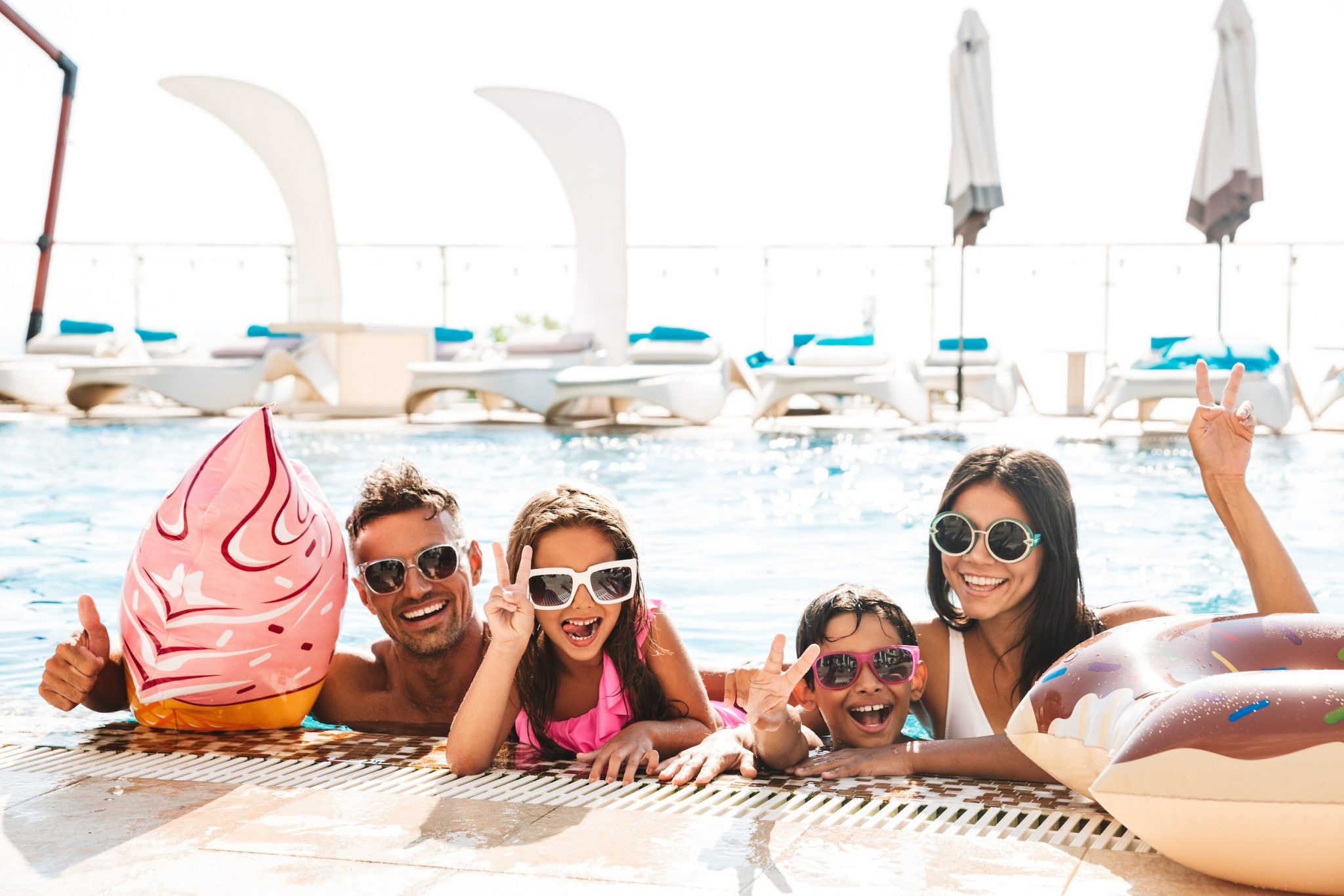Skift Take
As the global pandemic subsides, the hospitality industry is seeing a surge in leisure travel. To help hotels attract this growing segment with stronger loyalty programs, iSeatz has released its “State of Loyalty: 2022 Hospitality Ancillary Report”, with key insights into the competitive landscape of ancillary offers.
This sponsored content was created in collaboration with a Skift partner.
A major shift from business to leisure travel is taking place in the hospitality industry. While corporate travel is gradually increasing, analysts agree that it may never return to 2019 levels. The way we work has changed. For the once-frequent business traveler, the new normal consists of more video calls and fewer in-person meetings. At the same time, people plan to spend more on leisure travel than before the pandemic.
This shift is already having an impact on loyalty programs.
Typically, when business travelers are on the road, they are more likely to choose a hotel where they can use their loyalty card. Although this is still the case after the pandemic, survey data from Skift Research suggests that the tide may have turned. Between 2020 and 2021, the rate of leisure travelers who were loyalty members of the hotel they stayed in during their most recent trip went from 43 percent to 47 percent. On the business side, it remained stable at 64 percent.
If hotel brands want to capitalize on this change, they will have to rethink tier structure and redemption opportunities to engage leisure travelers more.
Loyalty programs generate a lot of revenue for hotels. According to Skift Research, members contribute between 30 percent and 60 percent of room revenue and tend to pay higher average daily room rates (ADR) than non-members.
“Leisure travelers aren’t playing the points game like business travelers,” said Kenneth Purcell, founder and CEO at iSeatz. “Often convenience and accessibility win out. Helping them complete their trips and recognize more immediate value from their points by adding a rental car, or a unique experience like a tour, activity, or restaurant reservation will do more to win their loyalty.”
In fact, leading hospitality brands have already started to include more lifestyle options. To help hotel and loyalty executives navigate the competitive landscape of these offers, iSeatz has released its 3rd annual State of Loyalty: 2022 Hospitality Ancillary Report.
This benchmark report examines the ancillary offers of hospitality loyalty programs and offers key insights on the following trends:
Points versus status: Leisure travelers have a different approach to loyalty programs. Because they’re on the road less frequently, they’re less interested in moving up tiers and building member status in the long term. Rather, they want to be able to use their points in the next trip, not only on flights and hotel rooms, but also on ancillaries like rental cars and activities. Many hospitality brands have begun to adapt by creating mid-frequency status tiers. However, there has been little change in offerings of lifestyle products compared to last year.
Short-term rentals: While hotel occupancy dropped during the pandemic, short-term rentals increased, mainly thanks to leisure travelers. By contrast, vacation rental platforms have failed to attract business customers, because most companies do not reimburse for stays in non-hotel lodging. This situation, however, may be about to change. The launch of new rewards programs for short-term properties, the consolidation within the rental space, and lingering safety concerns are likely to make alternative accommodations more attractive for both leisure and business travelers. Hotel brands that fail to strengthen their loyalty programs are at risk of losing market share.
Sustainability: Together with remote work, sustainability is an important theme that emerged from the pandemic. While a growing number of consumers want to make traveling more sustainable and are willing to pay more for it, offers of environmentally friendly earn-and-burn options from hotel loyalty programs are lagging behind. Carbon offsets are an easy option to add to ancillary offers, but hotels can also incorporate sustainability into their loyalty programs by leveraging existing partnerships and technology to provide more environmentally friendly options to their guests.
“There’s a unique opportunity for hospitality brands to be first-to-market with sustainable loyalty product integrations,” Purcell said. “Consumers want it, and they’re willing to pay a premium for it. It’s not just a good thing to do; it’s also good for business.”
In the report you’ll also find:
- A detailed comparison of ancillary reward redemption opportunities of major hotels, timeshare, and casino brands
- Several examples of how brands are incorporating sustainability into their loyalty programs
- Two fintech trends of credit card loyalty programs that could provide immediate value to hotel brands
This content was created collaboratively by iSeatz and Skift’s branded content studio, SkiftX.
Have a confidential tip for Skift? Get in touch
Tags: ancillary revenue, hospitality, leisure travel, loyalty, SkiftX Showcase: Hospitality

